The automobile heating control valve and heater coolant control valve are quiet heroes in any vehicle’s climate system. In the first few paragraphs, it’s worth stressing how vital these components are: the automobile heating control valve helps manage coolant flow for cabin warmth, while the heater coolant control valve specifically regulates that flow into the heater core. Together, they ensure a balance of heating comfort and engine cooling efficiency—even on the coldest mornings.
Yet despite their importance, these valves are often overlooked during routine servicing. Early wear, corrosion, or sticking can gradually compromise heater performance, cause uneven cabin temperature, or even contribute to engine overheating. A proactive maintenance strategy helps prevent these issues before they escalate and protects both passenger comfort and engine longevity.
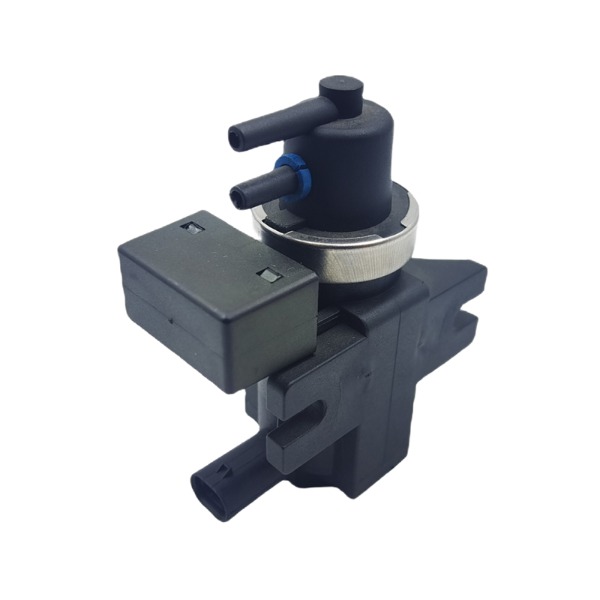
1. Why Heater Coolant Control Valve Maintenance Matters
Steady Cabin Warmth and Control: A valve that opens and closes smoothly ensures the HVAC system responds correctly to temperature settings, maintaining consistent comfort without delay or fluctuation.
Coolant Integrity and Engine Safety: Because it handles pressurized, hot coolant, valve malfunctions—such as seal failure or leakage—can reduce coolant level and strain engine thermoregulation, increasing risk of overheating.
Avoiding Hidden Failures: Even minor sticking or corrosion may reduce heat output, and unresolved issues often worsen over time, adding expense and complexity to repairs.
2. What Can Go Wrong – Common Valve Concerns
Although designed to last the operational lifetime of a vehicle, heater coolant control valves can still fail due to age or coolant quality degradation:
Stuck or Binding Valve: Deposits or rust inside the mechanism can prevent full movement, causing an inability to adjust heat output accurately.
Worn Seals or Cracked Housings: Cooler leaks, often from external cracks or degraded O‑rings, reduce coolant level and performance.
Delayed or Hazy Temperature Response: As valves deviate from smooth operation, the HVAC system may lag or fluctuate when changing heat settings.
Left unchecked, even slight issues can cause longer engine warm‑up times, fogged windows, or low-coolant damage to engine internals.
3. Inspection & Maintenance Checklist
Make it a habit to perform these checks annually or at least during each coolant flush:
| Check Point | What to Look For | Why It Matters |
|---|---|---|
| Visual condition | Look for signs of coolant residue or wetness around valve body and hoses | Early leaks highlight sealing issues before coolant drops too low |
| Manual / actuator test | Move the valve (or activate electronically) while cold, warm, and at operating temperature | Confirms smooth travel across the range |
| System behaviour | While the engine warms, note how quickly the cabin heats up and whether you see temperature swings | Slow or unstable heat flow may point to internal clogging |
| Coolant condition and level | Check fluid reservoir and inspect old coolant for debris or discolouration | Contaminated coolant accelerates corrosion inside the valve |
| Heater core lines | Feel both heater hoses after idle and after a short drive—temperature difference indicates proper operation | Large temperature disparity signals flow restriction or bypass faults |
4. Suggested Maintenance Schedule
Cooling system flush and refill — every 2 to 4 years or per manufacturer guidelines. This helps renew corrosion inhibitors and remove sediment that can impair valve operation.
Valve inspection and functional test — every year or 12,000 miles, whichever comes first. Visual checks may catch small leaks or corrosion before symptoms arise.
Valve replacement — not routinely needed but should be considered if valves display malfunction or leak; part life is usually long but not infinite.
5. Recognizing Replacement Indicators
Consider timely valve replacement when:
Coolant leakage becomes visible around the valve or hose joints.
Heater output becomes inconsistent—warm one moment, cold the next—without changing settings.
Coolant displacement, coupled with temperature gauge drift or overheating, indicates internal bypass or a stuck valve.
Electrical or vacuum-controlled valves fail to respond to temperature control inputs.
Delaying replacement in such cases risks not only comfort issues but also possible engine overheating or accelerated component wear.
By keeping heater coolant control valves in good condition, you support efficient engine operation and avoid mid‑winter heating surprises. Regular valve care may seem minor—but it protects your comfort today and your vehicle’s health tomorrow.

 English
English русский
русский Español
Español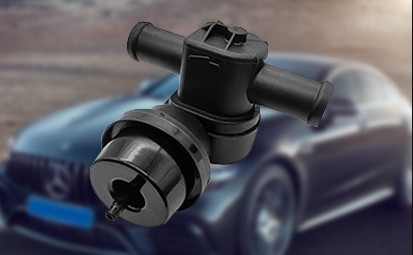
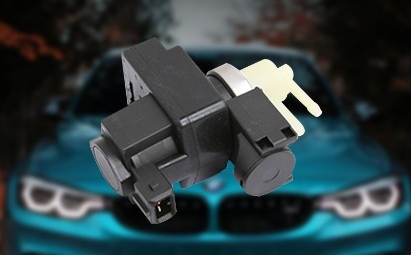
 View More >>
View More >>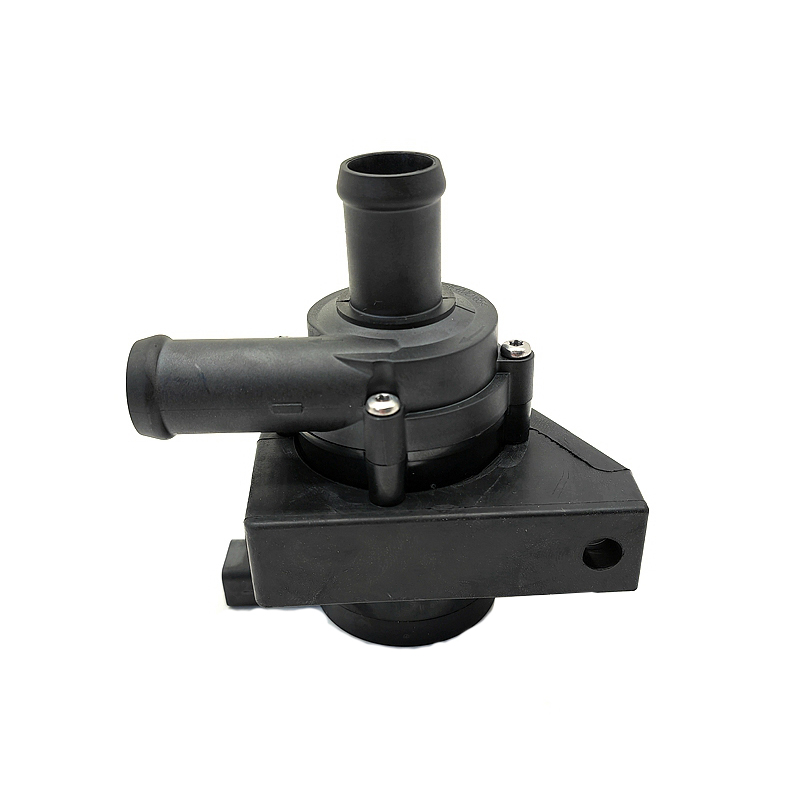 View More >>
View More >>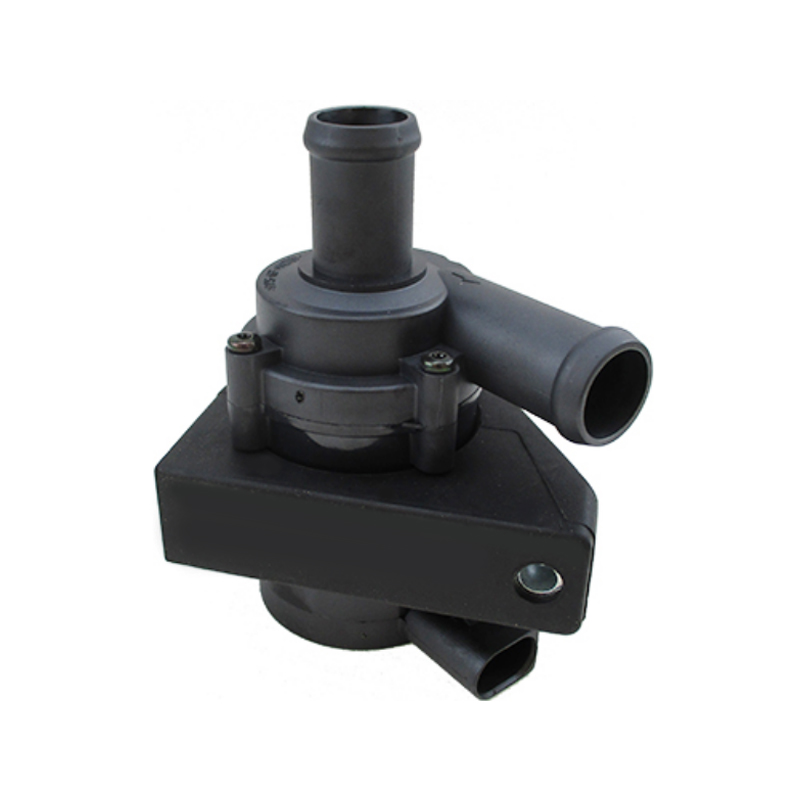 View More >>
View More >>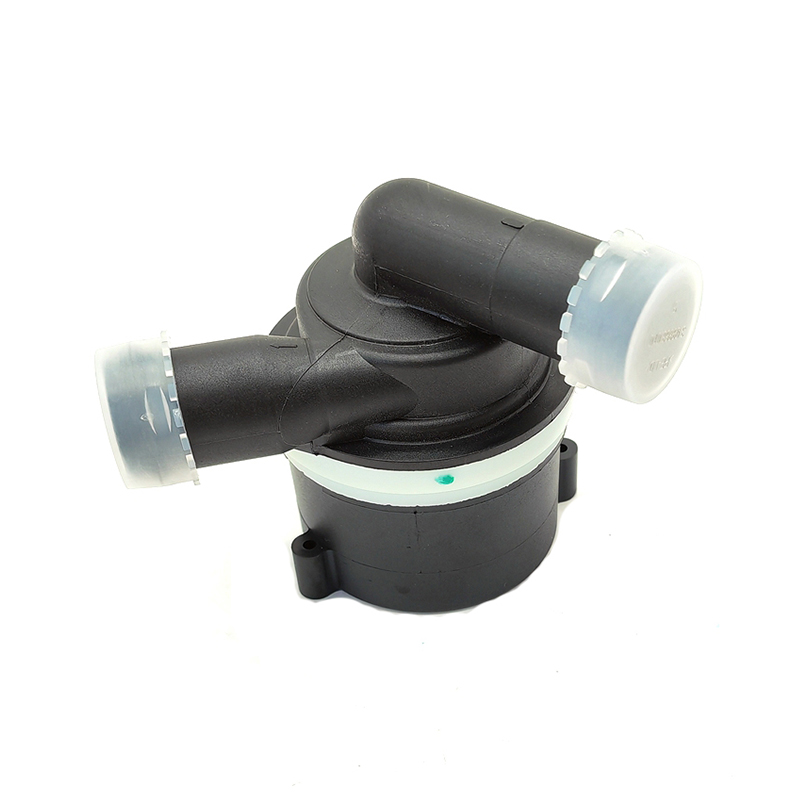 View More >>
View More >>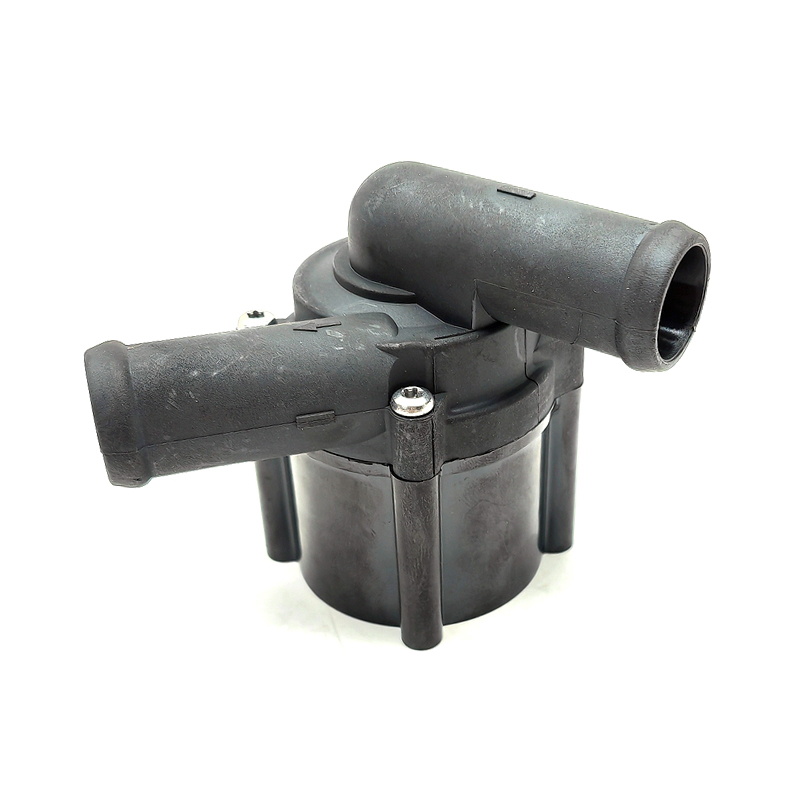 View More >>
View More >>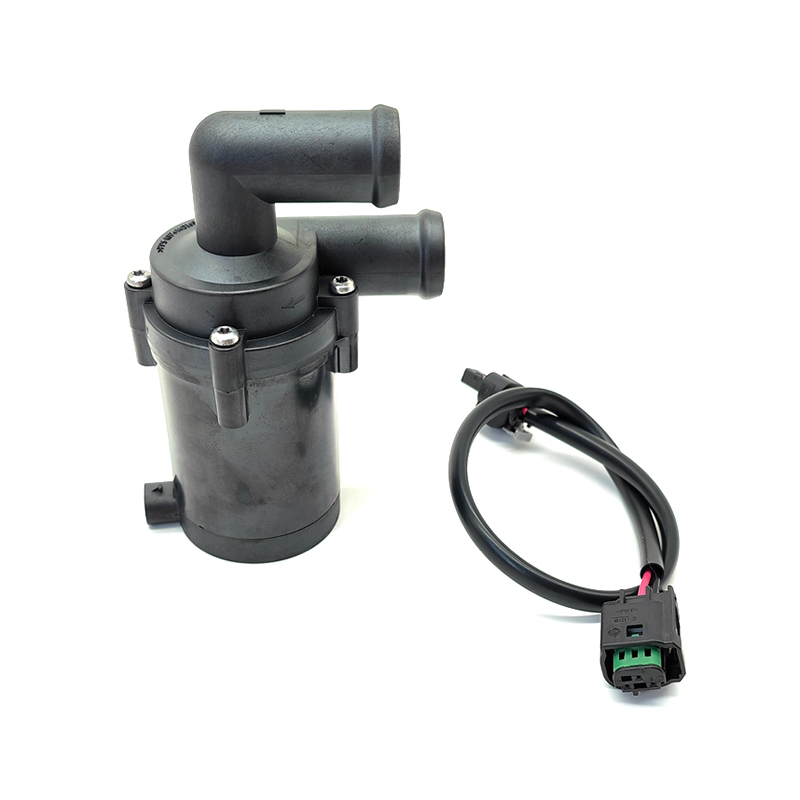 View More >>
View More >>